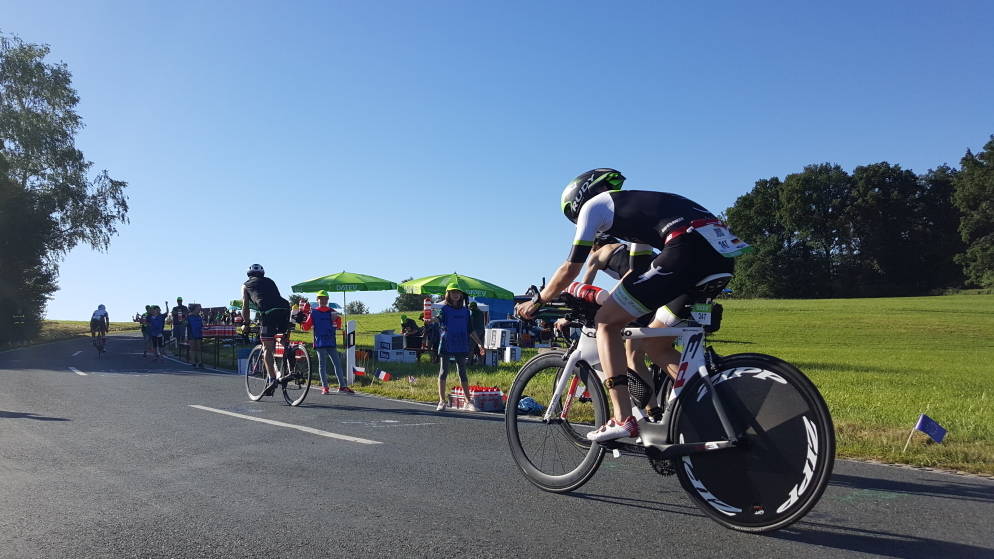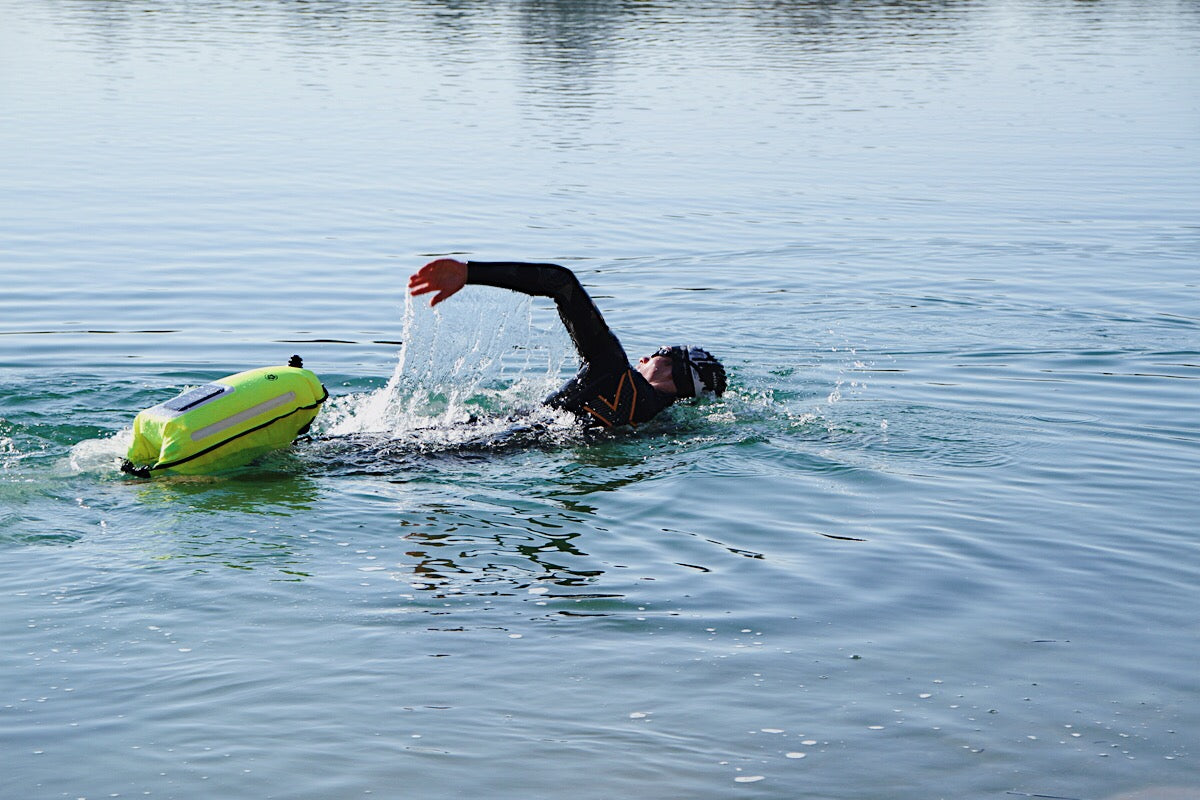Nowadays there is an increasing trend in endurance sports to complete longer loads. As a result, it is no longer uncommon for many ambitious endurance athletes to set themselves the goal of completing an Ironman competition once in their lifetime. But how does the body manage to cope with the problem of increased energy consumption? Which energy supply processes take place in the human body during a long-distance race? The following article addresses these questions.
The central substance: ATP
The human body needs the chemical substance adenosine triphosphate (ATP) for a muscle contraction. This is broken down into adenosine diphosphate (ADP) + phosphorus. Energy is released and used for muscle work. The amount of ATP in the muscles is very limited and can only supply the body with energy for two to three seconds. Consequently, the body must recover ATP from the ADP as quickly as possible. In doing so, he draws on various energy-supplying systems and sources.
The ways of generating energy
The first is anaerobic (without oxygen consumption) and alactic (without lactate formation) ATP resynthesis. Here creatine phosphate and ADP react to form creatine and ATP. The creatine phosphate store is quickly exhausted and is used up after about eight to ten seconds at maximum exertion. Accordingly, this reaction is rather insignificant for long-term endurance sports.
Furthermore, the anaerobic-lactate (with lactate formation) metabolism of the carbohydrates (glucose) stored in the muscles serves as an energy-providing system. The limiting factor here is the hyperacidity of the muscles due to the formation of lactate. At maximum use, this system is available for 40-90 seconds.
In addition, the aerobic (with oxygen consumption) glycogen breakdown is used. This way of generating energy is used when less energy is needed per unit of time. The maximum energy flow rate of glycogen breakdown is only half that of the above-mentioned anaerobic-lactic glucose metabolism. The availability here is 60 – 90 minutes.
Aerobic fat reduction is another energy source available to the body. This variant can fall back on an almost inexhaustible energy reserve. The big disadvantage is the energy flow rate, which is halved again compared to aerobic glycogen breakdown. As a result, this form can only be used at relatively low exercise intensities.
Energy-yielding processes in the body:
The energy metabolism in the Ironman
The general rule is: the longer a load lasts, the lower the load intensity will drop.
An Ironman competition is classified as long-term endurance 4 (> 360 minutes) and is completed at an intensity of around 60 – 70 percent of the individual maximum oxygen uptake of each athlete. The generation of energy takes place almost exclusively in an aerobic way (99%) through the breakdown of carbohydrates and fats. The aerobic energy metabolism consists of a mixture of carbohydrate and fat conversion. In the early stages of an Ironman competition, over a third of the energy required is provided by carbohydrate oxidation. However, as the duration of the competition increases, this value drops to around a fifth in favor of fat oxidation. The exact proportions are individually influenced by the intensity and duration of the load and also by the energy intake during the competition.
Optimal fat metabolism is important
Since the carbohydrate deposits in the body (approx. 500g) are limited, the athlete must take in additional energy from carbohydrates during the Ironman. Depending on the intensity, however, the carbohydrates consumed during exercise cannot stop the breakdown of muscle and liver glycogen. Due to the limited absorption and transport processes through membranes in the body, a maximum of 250 kcal (approx. 60g carbohydrates) per hour from the food supplied can contribute to covering energy consumption. With an energy consumption of at least 800 kcal per hour, there is an energy deficit of approx. 550 - 600 kcal per hour. This must be covered by the existing carbohydrate and fat reserves. The better the fat metabolism is trained, the longer the carbohydrate reserves can be spared and thus a drop in intensity and thus speed in an Ironman can be prevented.
Conclusion
The body's own energy depots are of great importance during an Ironman. The depot of carbohydrates can be significantly increased by appropriate carbo-loading before a competition. Higher intensities can thus be maintained for longer. In addition, carbohydrate intake during exercise is of great importance and should under no circumstances be neglected and trained and tried out individually during training.
An optimal nutrition strategy and knowledge of the calorie consumption at the competition pace (e.g. through spiroergometry) help when planning the competition.





















1 comment
Larson
Gute Website